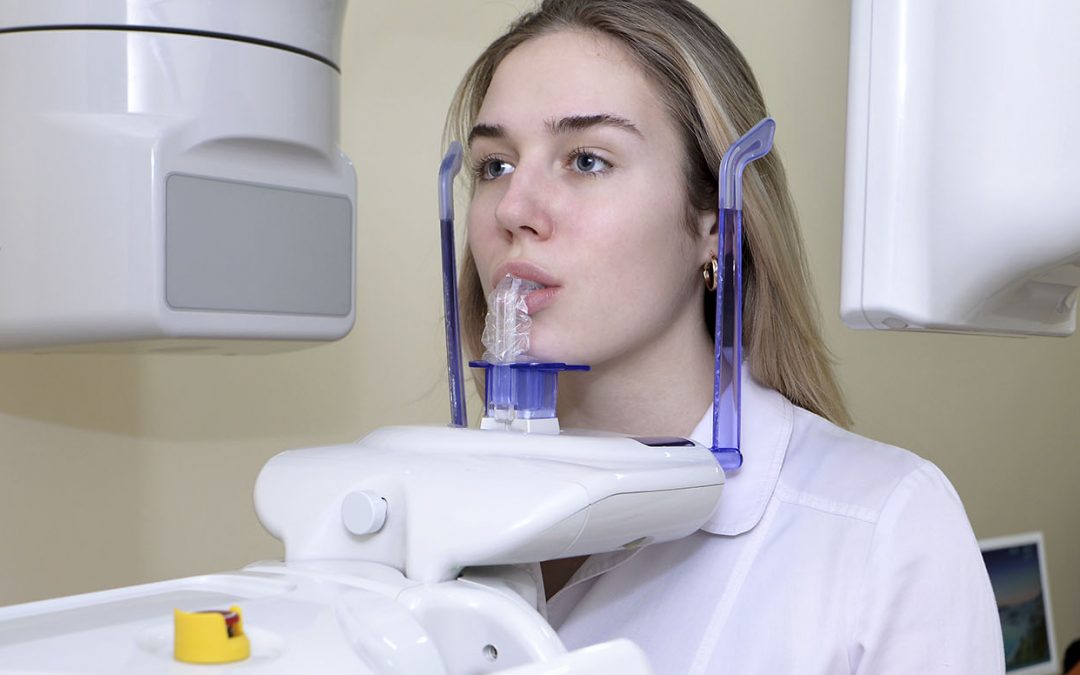ISO 11143 Amalgam Separator Endurance Testing
The ISO 11143 standard provides a robust framework for ensuring that amalgam separators are durable and reliable, which is critical to public health. This standard outlines the testing procedures to evaluate the endurance of amalgam separators under various conditions relevant to their intended use in dental practices.
Amalgam separators are essential devices designed to filter out mercury from wastewater generated during dental procedures involving amalgam fillings. Ensuring the durability and reliability of these devices is paramount, as they play a vital role in preventing environmental contamination by reducing the discharge of mercury into water bodies. The ISO 11143 standard emphasizes the importance of testing separators under conditions that reflect real-world scenarios.
The test involves subjecting amalgam separators to repeated cycles of operation and filtration, followed by rigorous inspection for any signs of wear or failure. This endurance test is crucial because it helps manufacturers identify potential weaknesses in their designs early on, allowing them to make necessary improvements before the product reaches the market. The results from this testing ensure that consumers receive high-quality products that meet stringent safety standards.
During the ISO 11143 Amalgam Separator Endurance Testing, separators are subjected to a series of simulated operational conditions that mimic actual use in dental clinics. These include varying flow rates, different types of amalgam mixtures, and prolonged periods of continuous operation. The goal is to assess how well each separator performs under these challenging circumstances without compromising its integrity.
The testing process typically begins with setting up the separator according to manufacturer specifications. Then, it undergoes repeated cycles where water containing simulated amalgam particles passes through it at specific flow rates and pressures. After each cycle, the separator is examined for any visible signs of wear or damage such as cracks, leaks, or reduced filtration efficiency.
One critical aspect of this testing involves evaluating the separator’s ability to maintain its effectiveness over extended periods. This longevity test simulates long-term use in dental settings and helps determine if there are any performance declines after numerous cycles. Additionally, post-test analysis includes measuring the amount of mercury retained by the separator compared to initial levels, ensuring that it continues to function effectively throughout its lifecycle.
Another important consideration during this testing is the environmental impact assessment. By monitoring the amount of mercury captured by separators and comparing it with expected values from regulated standards like ISO 11143, laboratories can quantify their contribution towards protecting aquatic ecosystems. This information not only supports compliance but also enhances public confidence in dental practices’ commitment to sustainability.
For quality managers, compliance officers, R&D engineers, and procurement teams working within the medical device sector, understanding these testing protocols is essential for ensuring product safety and efficacy. Compliance with ISO 11143 standards demonstrates a company’s dedication to maintaining high-quality products while adhering to global regulatory requirements.
- Why Choose This Test: To ensure durability, reliability, and compliance with international standards.
- Why It Matters: For protecting public health by preventing mercury contamination in water systems.
Why It Matters
The ISO 11143 Amalgam Separator Endurance Testing is crucial for several reasons. Firstly, it helps guarantee the longevity and reliability of amalgam separators used in dental practices worldwide. By subjecting these devices to realistic operating conditions over extended periods, manufacturers can identify any potential weaknesses or areas needing improvement early on.
Secondly, this testing plays a vital role in safeguarding public health by ensuring that separators effectively capture mercury particles before they enter sewage systems. Mercury contamination from dental amalgams poses significant risks if allowed to accumulate in water bodies, leading to adverse effects on aquatic life and human health.
Thirdly, compliance with ISO 11143 standards enhances a company’s reputation among consumers who value environmental responsibility and product quality. Demonstrating adherence to these internationally recognized guidelines not only builds trust but also opens up opportunities for broader market reach across different regions.
- Why Choose This Test: To ensure durability, reliability, and compliance with international standards.
- Why It Matters: For protecting public health by preventing mercury contamination in water systems.
Why Choose This Test
International Acceptance and Recognition
The ISO 11143 Amalgam Separator Endurance Testing is widely recognized and accepted globally due to its stringent requirements. Many countries have adopted this standard as part of their environmental protection policies, ensuring that amalgam separators used in dental practices effectively capture mercury particles before they enter sewage systems.
Several nations, including the United States, European Union member states, and Australia, mandate compliance with ISO 11143 standards for new amalgam separator models. By undergoing this rigorous testing procedure, manufacturers can demonstrate their commitment to environmental responsibility and regulatory compliance.
- International Acceptance: The global recognition of the ISO 11143 standard ensures that products meeting these criteria are accepted across various regions.
- Recognition: Compliance with this testing process is a key factor in gaining market access to countries that require specific certification for dental equipment.





